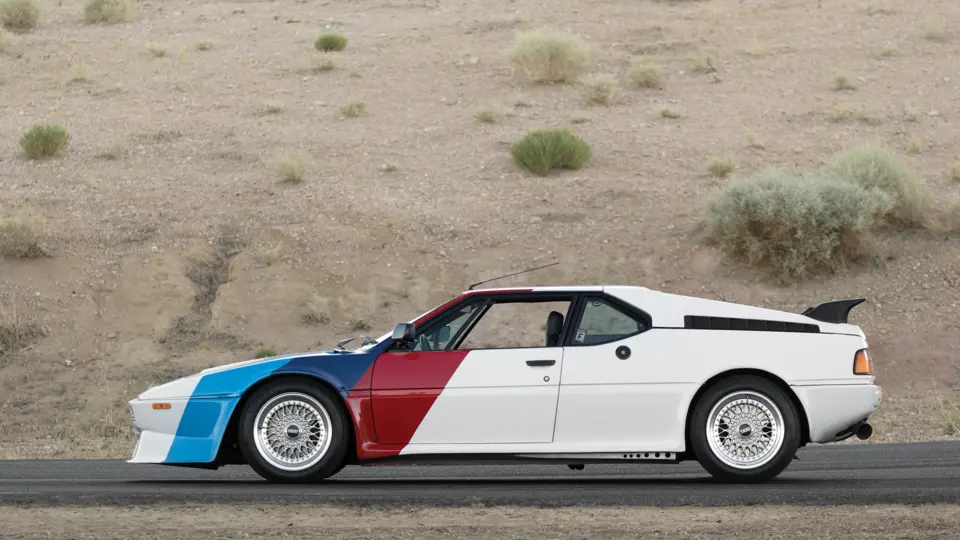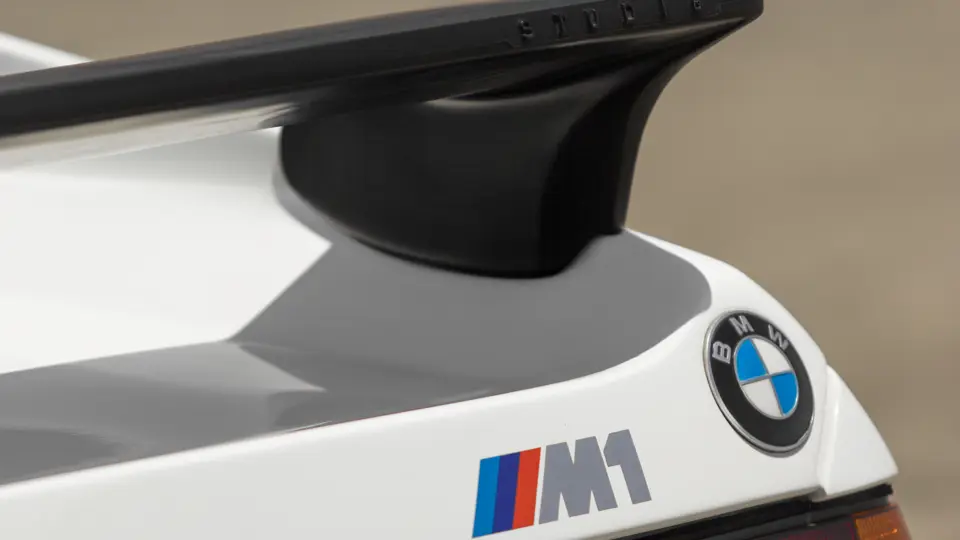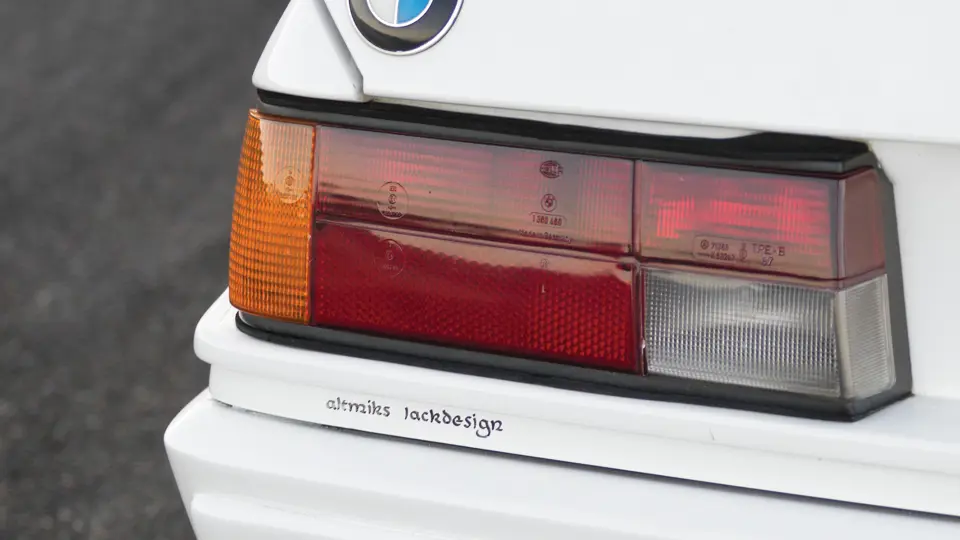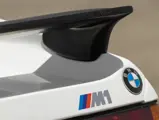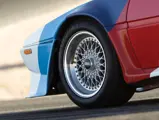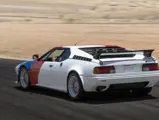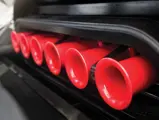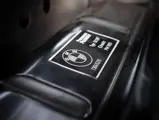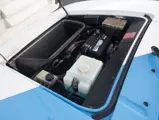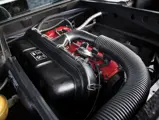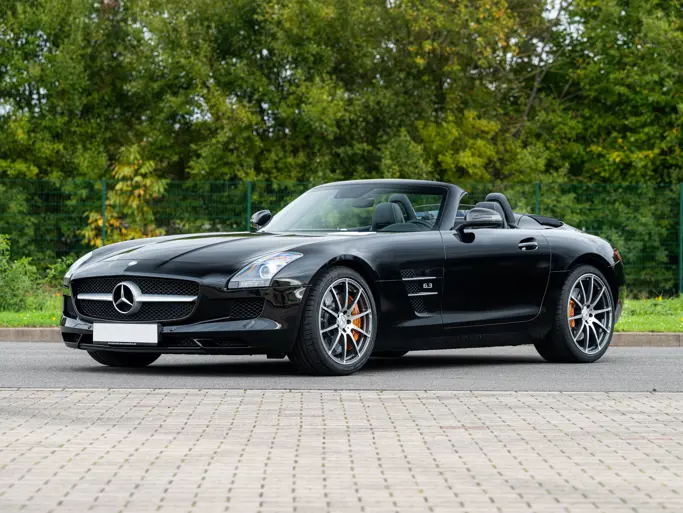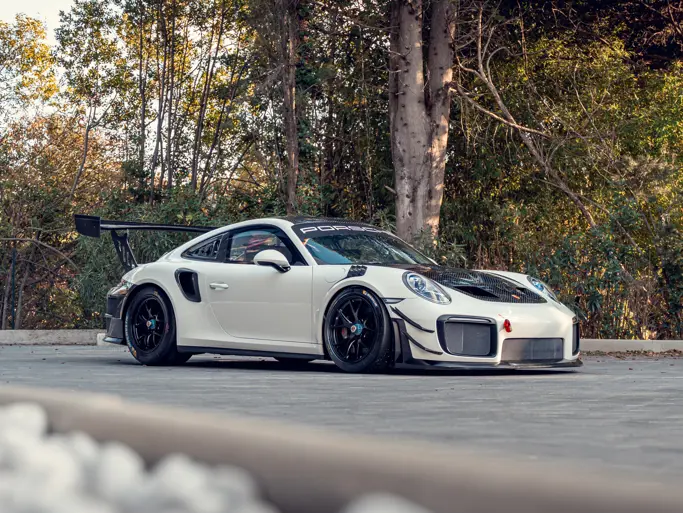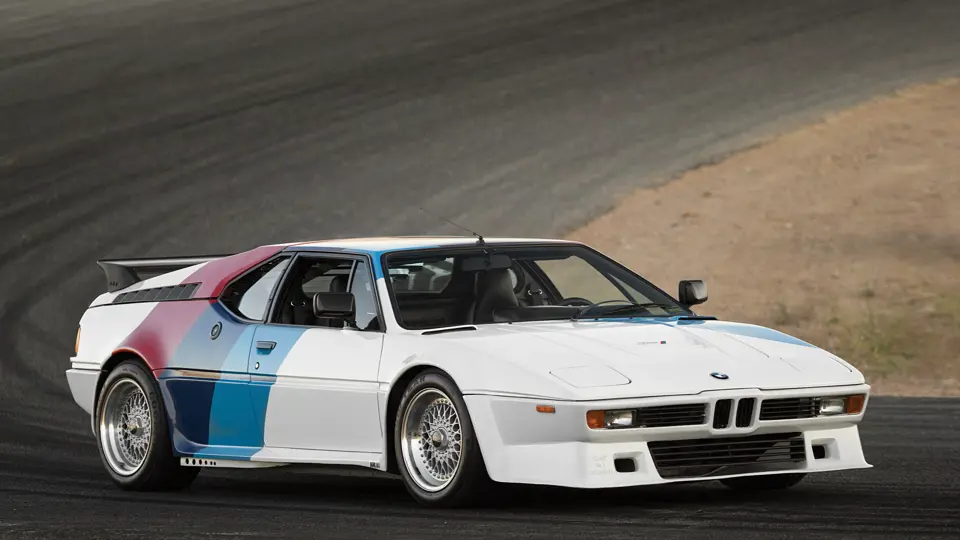
1980 BMW M1 AHG Studie
{{lr.item.text}}
$600,000 - $800,000 USD | Not Sold
{{bidding.lot.reserveStatusFormatted}}
- One of only 10 examples created by AHG
- M1 Procar-style bodywork; uprated to 350 horsepower
- Original and unrestored, with less than 7,000 kilometers
- Unique BMW Motorsport tri-color livery
350 bhp, 3,453 cc M88 DOHC inline six-cylinder engine with Kugelfischer mechanical fuel injection, five-speed manual transmission, front and rear dual A-arm independent suspension with coil springs, and four-wheel disc brakes. Wheelbase: 100.8 in.
The M1 was the most exotic BMW street car ever built. It was a limited-production, virtually hand-built car that was essentially a homologation special, and it featured a tube frame and utilized state-of-the-art technology underneath the radical Giugiaro-designed body. The road going M1 was built on the race-spec chassis, which was fitted with unequal length lateral links, alloy uprights, concentric coil springs, and anti-roll bars in the front and rear. Just 456 examples were built, including a number of race-prepared cars for rallying and the BMW M1 Procar Championship.
BMW Motorsport initially planned to build enough M1s to meet the regulation for Group 5; however, rule changes by Fédération Internationale du Sport Automobile (FISA) required a minimum of 400 examples be built to meet Group 4 regulations before the car could be homologated for Group 5. Rather than delay their racing program, BMW decided to create a one-make series while they continued further development. The Procar Championship was announced in the spring of 1978, along with the official unveiling of the M1 road car.
While the Procar series only lasted two seasons, from 1979 to 1980, its popularity was undeniable. With their flared fenders, imposing front spoiler, massive rear wing, and incredible power, the M1’s presence on the race track left a lasting impression.
In 1982, after the series ended and production for the M1 was completed, Peter Gartemann, the president and owner of the German BMW dealer AHG, had the brilliant idea of creating a limited-design study that was based on the look of the Procar M1s but was intended for the street. This option, which was open to well-to-do BMW customers, involved having the AHG Motorsport division take an owner’s standard road going M1 and transform it into the ultimate Procar-style street fighter. From the outside, the changes are clearly apparent, but the modifications didn’t simply end with the race-inspired body.
The AHG M1 Studie cars received adjustable racing suspension and three-piece 16-inch BBS wheels, which were 8-inches wide up front and 9-inches wide at the rear. The engine was duly uprated to 350 horsepower and mated to a special racing clutch and a new exhaust system, to fall in line with the M1’s new looks. The car was still very much intended for the street, as its interior was swathed in leather and the stereo system was enhanced with additional speakers. However, it wasn’t the menacing body or the upgraded trim that made these cars truly unique. AHG commissioned the renowned German paint shop of Hermann Altmiks to finish each M1 in a unique scheme per the customer’s request.
This particular M1 started life much like any other standard version. According to BMW Classic, chassis 4301090 was built in 1979 and delivered on August 30 of that year to BMW dealer Schneider in Bielefeld, Germany. The original color was White (206). While its initial history is unknown, the owner of this M1 at the time must have decided that they wanted to further separate their already capable supercar from the other 455 examples, and AHG was just the place to do that. The M1 Studie package was added to the car, even though the cost was prohibitively expensive, and as the modifications were TÜV-certified in Germany, they required extensive testing and approvals, which only added to the cost of development. Allegedly, it was the rear spoiler that was the costliest part to get approved. Due to the limited nature of the AHG package, it is believed that only 10 such examples were created, with each one unique in their own right.
This AHG Studie is finished in the iconic BMW Motorsport livery, and it has led a well-cared-for life. It would ultimately find its way into the famous Ed Weaver Collection in Dalton, Georgia, where it resided until 1995. In 2011, it was purchased by renowned collector Don Davis. Soon thereafter, it was acquired by the AE Collection in Burbank, California. The collection is known for their rare Japanese and European sports cars, and this unique M1 was very much at home amongst the other low-mileage BMWs. This example, believed to be an original AHG M1 Studie, displays less than 7,000 kilometers on its odometer. The car features AHG M1 markings throughout the body, and the original “altmiks lackdesign” signature is painted just below the taillight. The custom-finished exterior only shows minor signs of aging, while the leather-trimmed interior remains in excellent overall condition.
The incredible M1 in one of BMW’s scarcest and most iconic variations, and this awesome AHG Studie example is a German performance monster of its era.




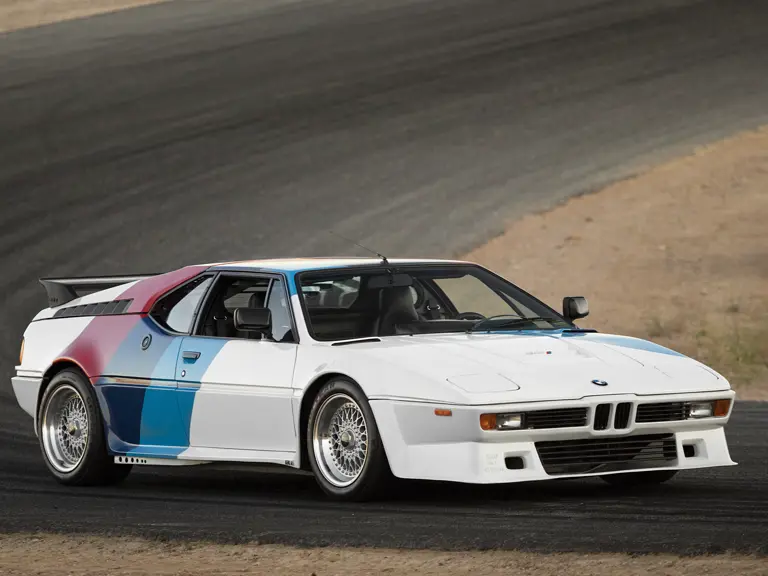
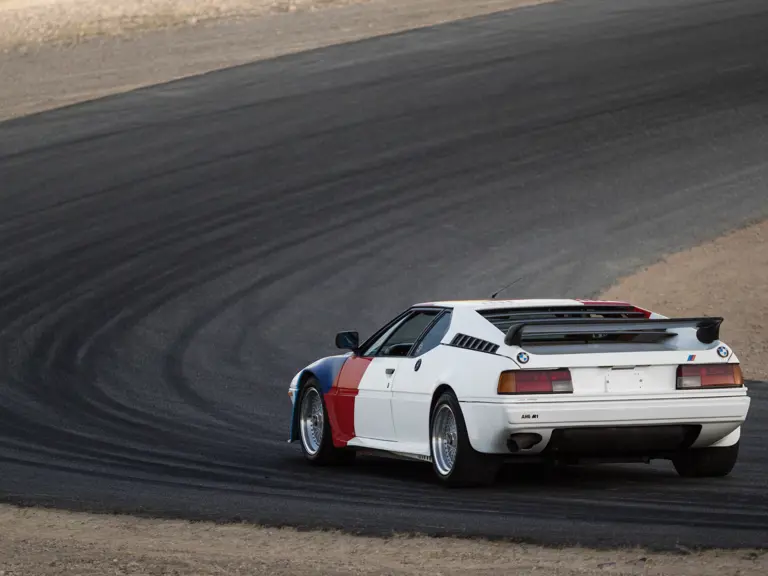
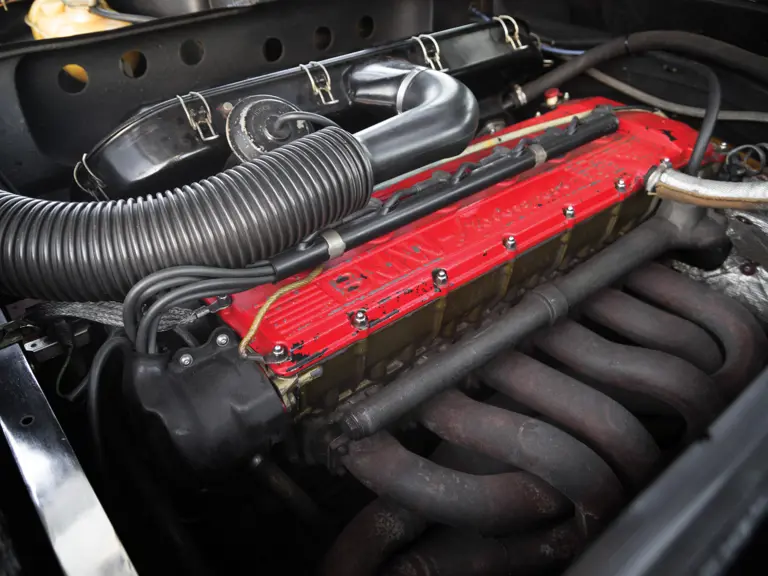
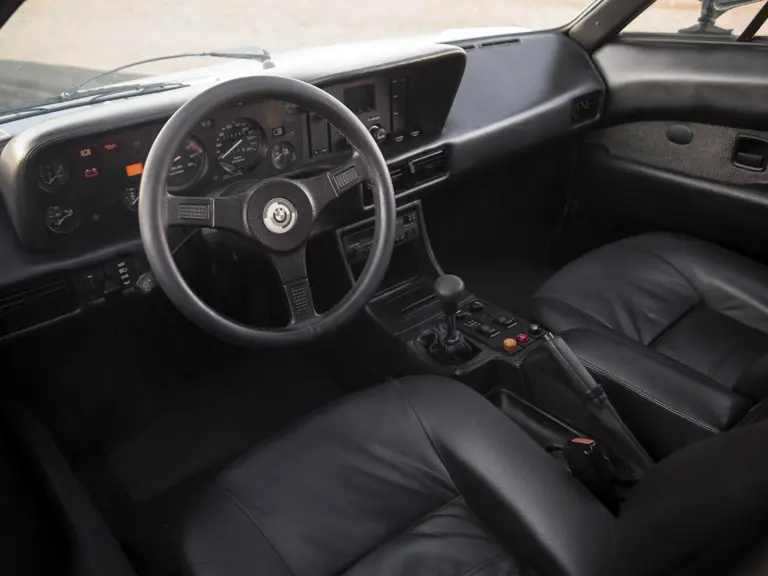
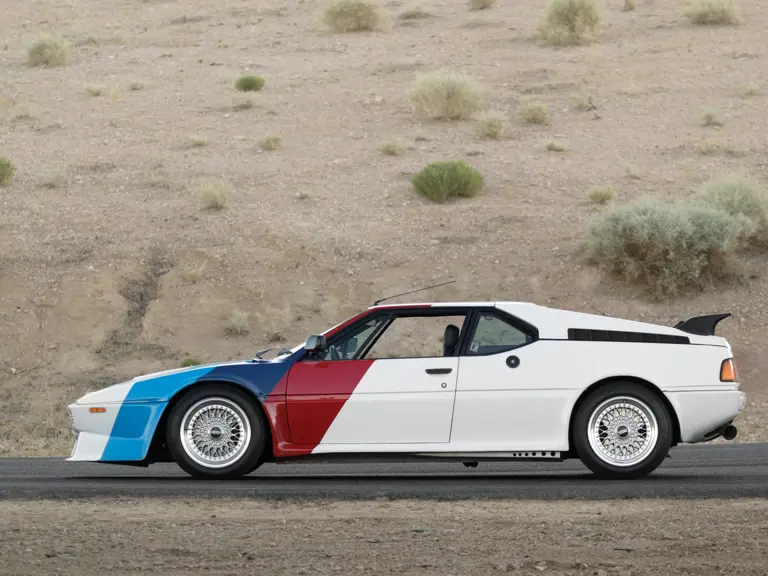
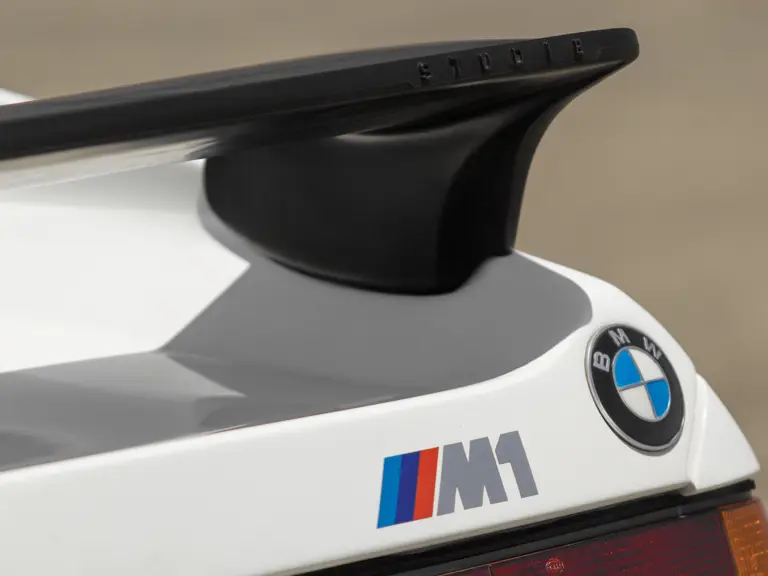
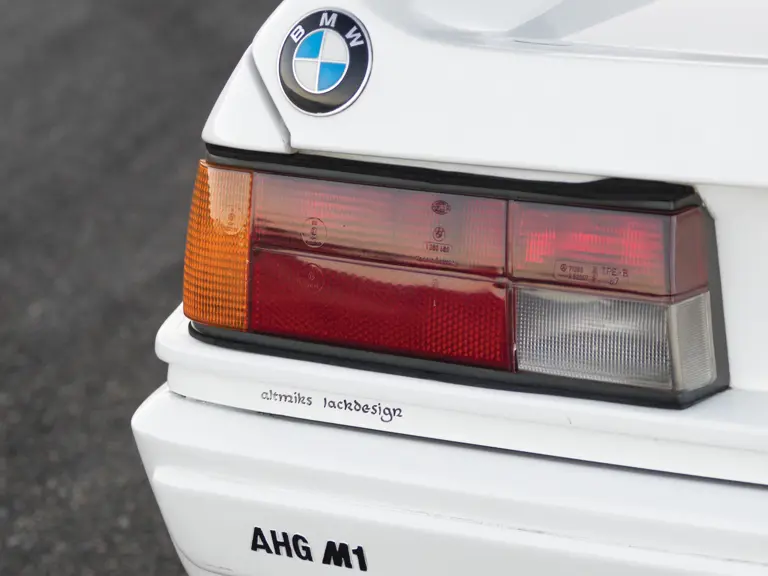
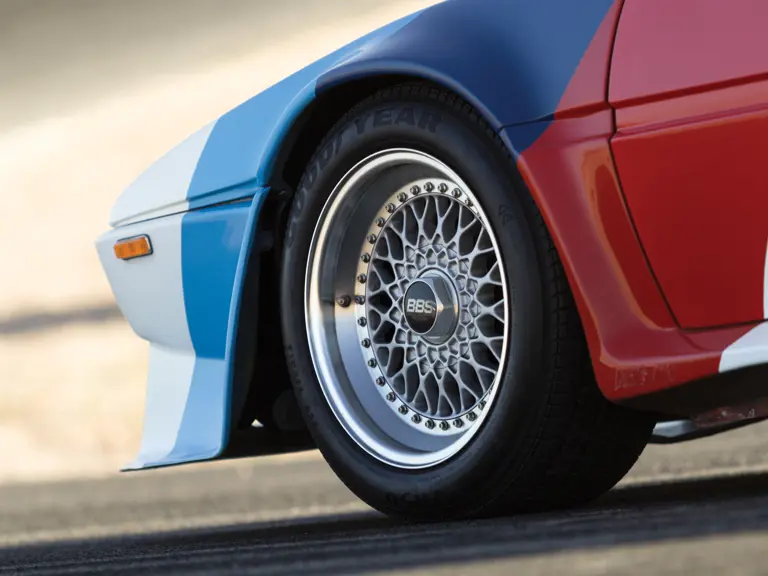


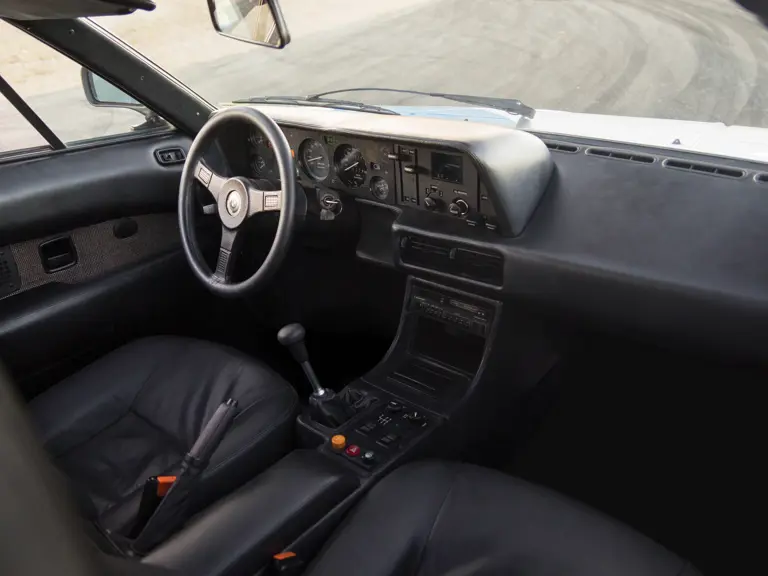

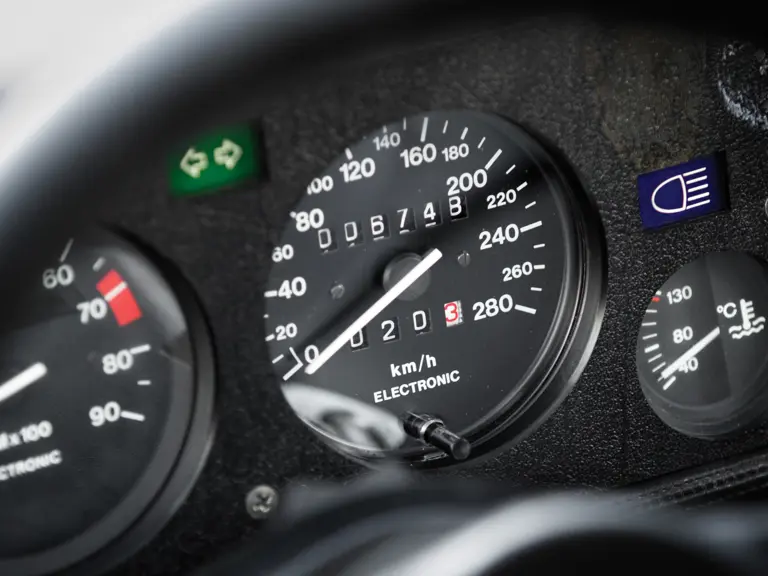


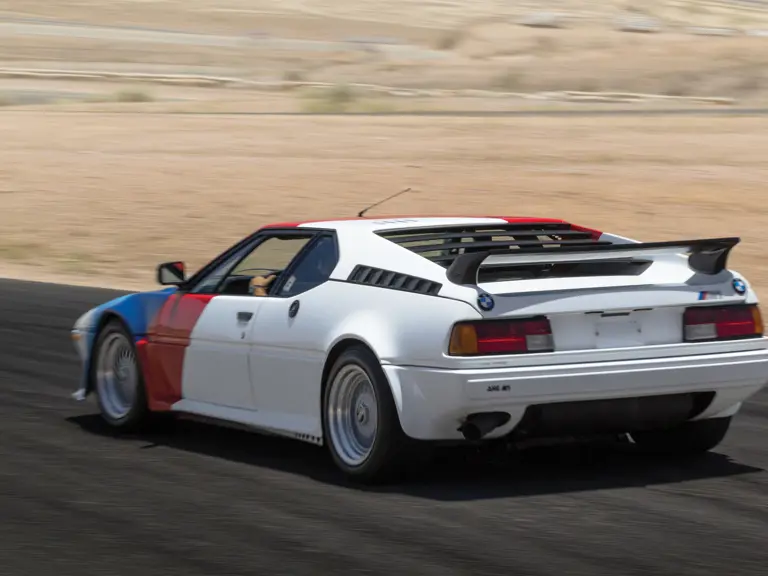
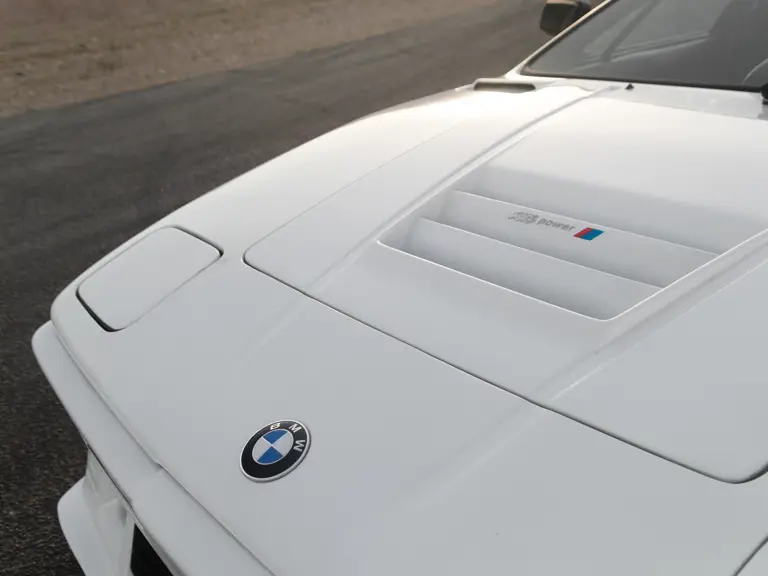
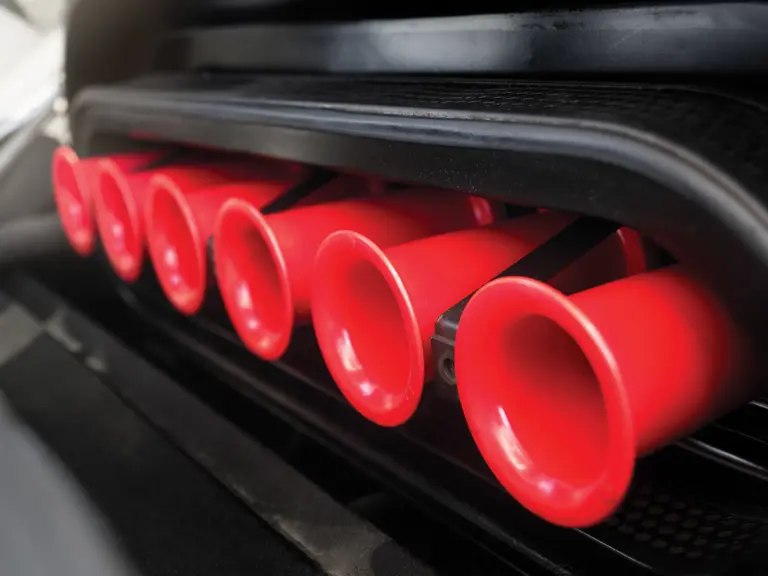
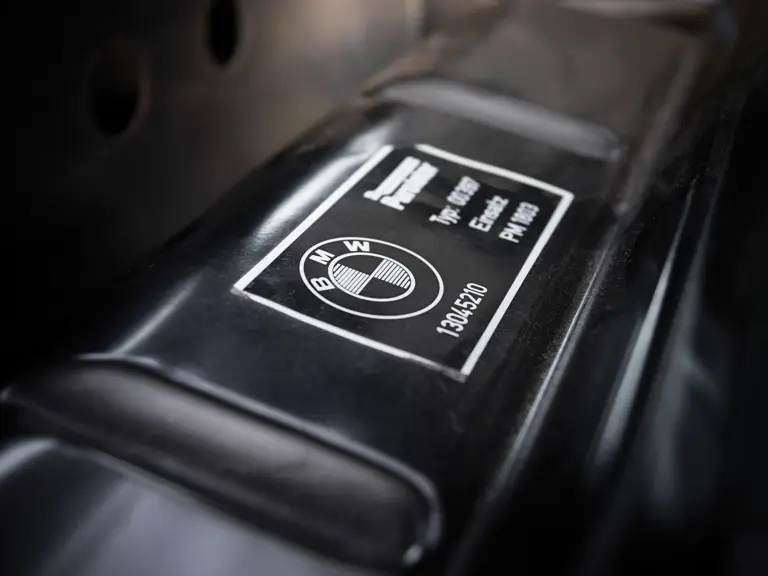
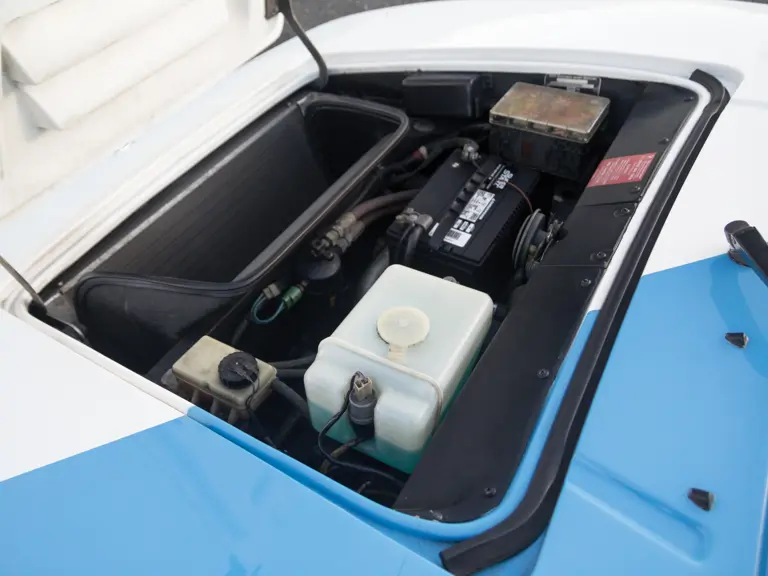

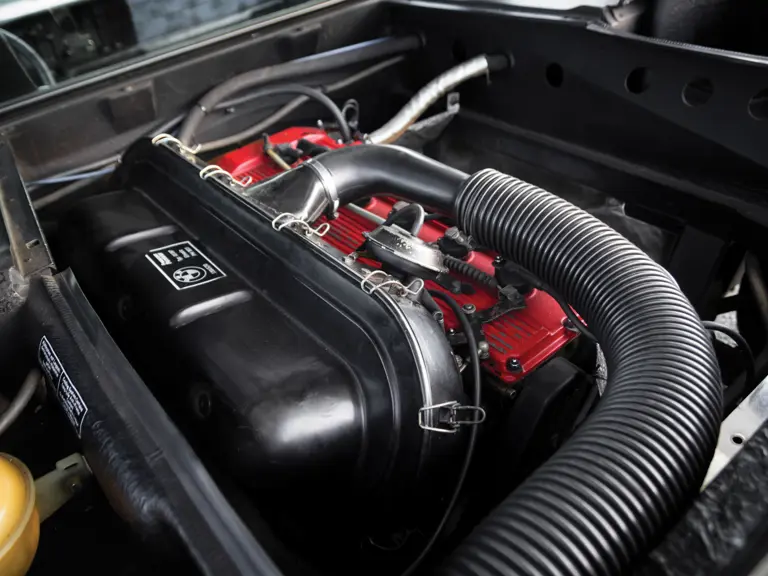


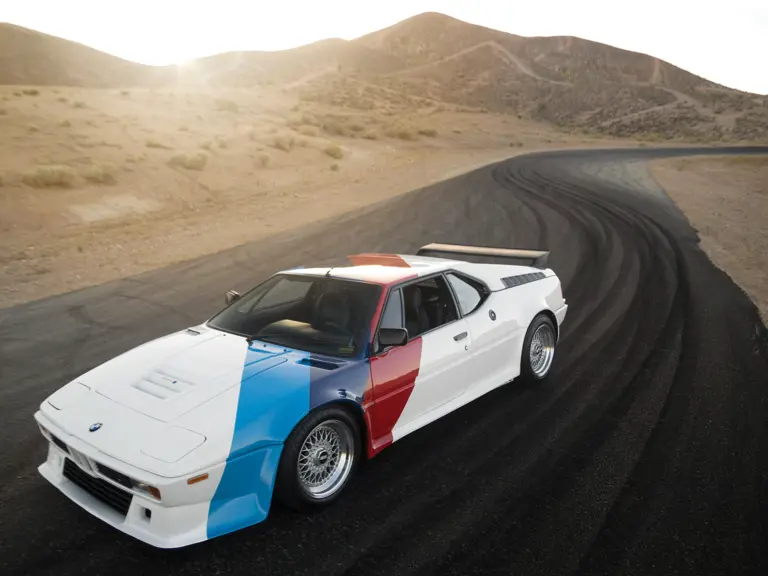


 | Monterey, California
| Monterey, California
